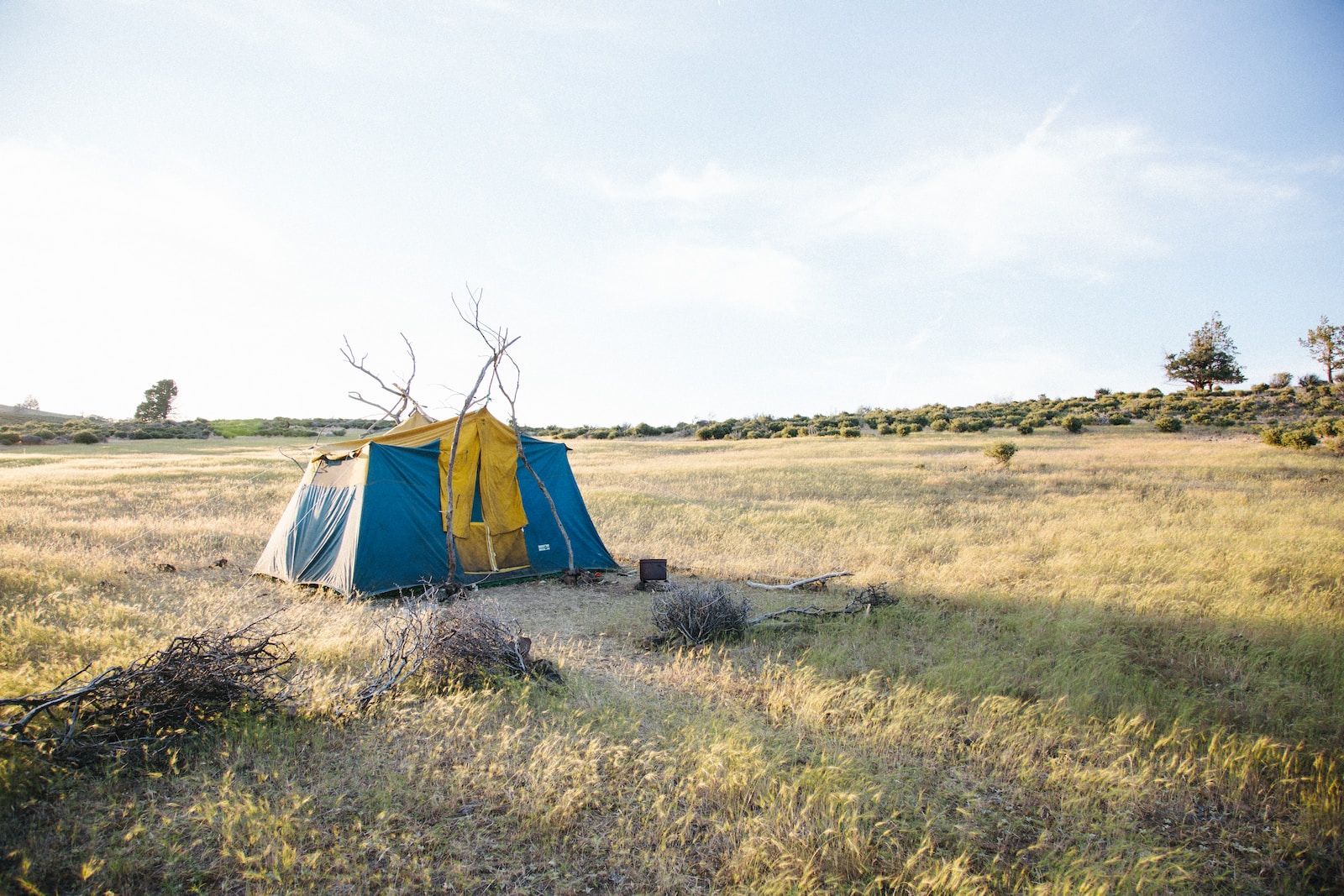Get Your Hands Dirty: Starting a Family Composting Project
Do you want to teach your kids about sustainability and waste reduction while also having fun? Look no further than starting a family composting project! Composting is an easy and effective way to reduce household waste, and it can also provide your family with nutrient-rich soil for gardening. Plus, it’s a great way to teach kids valuable life skills and instill in them an appreciation for the environment.
In this article, we’ll guide you through the process of starting your own family composting project. From teaching your kids about sustainability and waste reduction to turning food scraps into fertile soil, we’ll show you just how easy and enjoyable composting can be. So, grab your gardening gloves and let’s get started!
Teach Your Kids about Sustainability and Waste Reduction
Composting is a great way to teach kids about sustainability and waste reduction. By composting organic materials like food scraps and yard waste instead of throwing them away, you can significantly reduce your household’s carbon footprint. It’s estimated that up to 30% of household waste can be composted, which means that you can make a big difference by diverting that waste from landfills.
By involving your kids in the composting process, you can help them understand the importance of reducing waste and taking care of the environment. You can talk to them about how composting can help reduce greenhouse gas emissions and how the nutrient-rich soil produced by composting can help plants grow. Plus, it’s a fun and hands-on way for them to learn about science and biology!
From Food Scraps to Fertile Soil: A Fun and Easy Guide
Composting is easy, and you don’t need a lot of space or fancy equipment to get started. All you need is a compost bin or pile, some organic material, and a little bit of patience. Here’s a quick guide to get you started:
Choose a compost bin or area: You can purchase a compost bin or make your own using materials like wood pallets, cinder blocks, or chicken wire. Make sure your compost area is located in a well-draining spot that gets some sunlight.
Add organic material: Add a combination of brown materials (like leaves, twigs, and shredded paper) and green materials (like fruit and vegetable scraps, coffee grounds, and grass clippings) to your compost bin. Make sure to add some water to keep the compost moist.
Turn your compost: Every few weeks, use a pitchfork or shovel to turn your compost. This helps aerate the material and speed up the composting process.
Wait for your compost to mature: Depending on the materials used and the weather conditions, your compost can take anywhere from a few weeks to several months to mature. Once it’s ready, you can use it as nutrient-rich soil for gardening.
Starting a family composting project is a fun and easy way to teach kids about sustainability and waste reduction. By turning food scraps into fertile soil, you can reduce your household’s carbon footprint and help the environment. Plus, it’s a great way for kids to learn about science and biology while getting their hands dirty! So, what are you waiting for? Start composting today!
In conclusion, starting a family composting project is a great way to teach kids about sustainability and waste reduction. It’s easy, fun, and can have a big impact on the environment. By following these simple steps and getting your hands dirty, you can turn food scraps into fertile soil and make a difference in your community. So, gather your family and start composting today!




